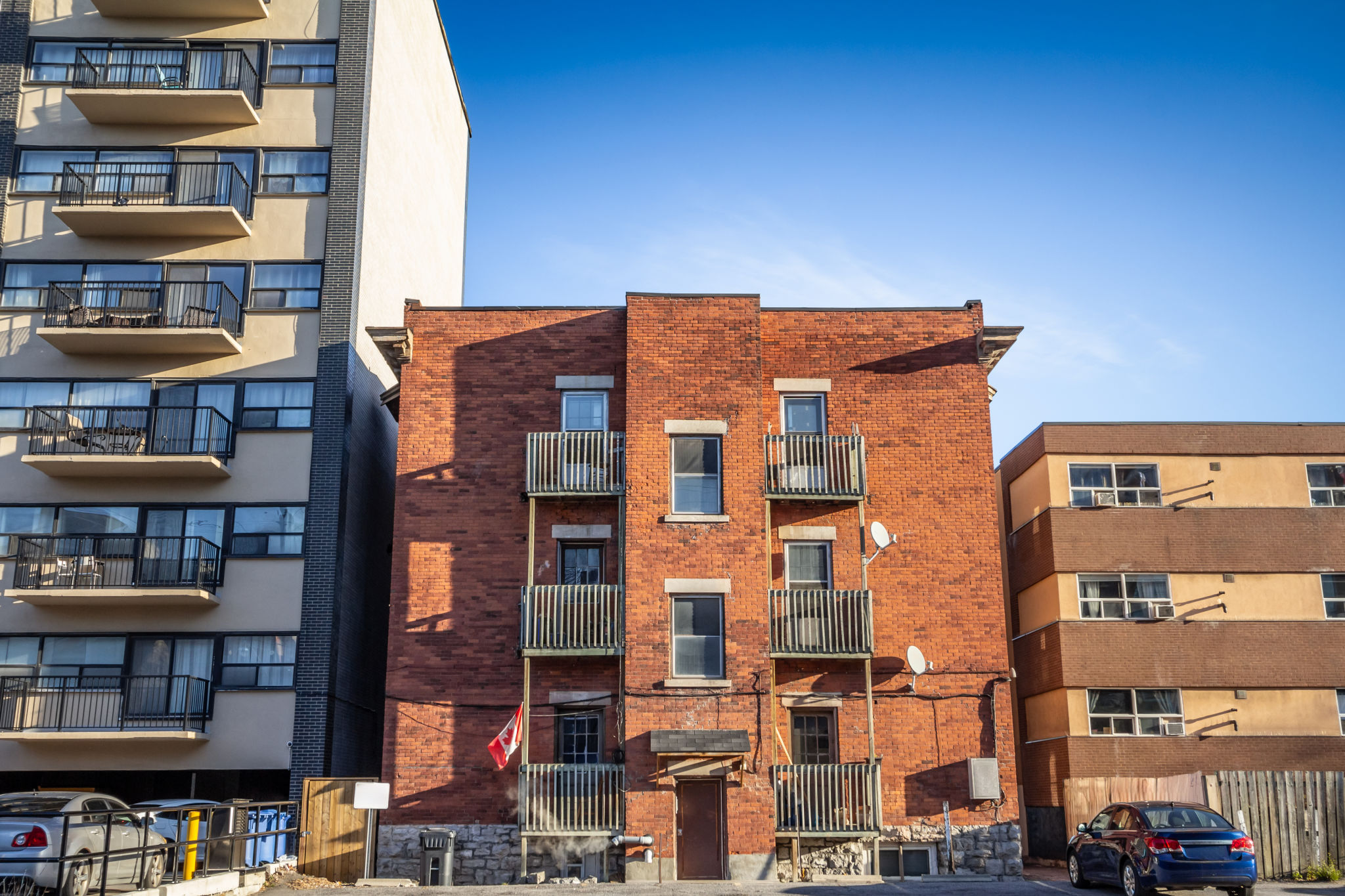Success Stories: Bio-Swale Projects Transforming Walton County Neighborhoods
Revitalizing Walton County: The Rise of Bio-Swales
In recent years, Walton County has become a beacon of sustainable urban development, thanks to a growing number of bio-swale projects. These green infrastructure solutions are not only enhancing the aesthetic appeal of neighborhoods but also playing a crucial role in stormwater management and environmental conservation. The transformation brought by bio-swales is nothing short of remarkable.

Understanding Bio-Swales and Their Impact
Bio-swales are landscape elements designed to concentrate or remove silt and pollution from surface runoff water. They consist of gently sloped drainage channels filled with vegetation, compost, and sometimes engineered soil. By facilitating natural filtration, bio-swales help reduce pollutants in stormwater, leading to cleaner waterways and reduced environmental impact.
Their implementation in Walton County has been instrumental in addressing flooding issues, enhancing groundwater recharge, and improving the overall ecological health of local communities. Residents have noticed a significant improvement in water quality and a reduction in localized flooding, which has had a positive impact on property values and community well-being.
Community Involvement: A Key to Success
One of the most inspiring aspects of these bio-swale projects is the level of community involvement. Local residents, businesses, and environmental groups have come together to support and participate in the design and implementation processes. This collaboration has fostered a strong sense of community ownership and pride, ensuring the sustainability and maintenance of these projects.

Workshops and educational programs have been pivotal in increasing awareness about the benefits of bio-swales. By educating residents on sustainable practices, these initiatives have empowered communities to take charge of their environmental impact, fostering a culture of sustainability that extends beyond the immediate benefits of the bio-swale projects.
Case Studies: Neighborhood Transformations
Several neighborhoods within Walton County have experienced dramatic transformations thanks to bio-swale installations. For example:
- Maple Grove: This neighborhood faced chronic flooding issues before the introduction of bio-swales. The project has drastically reduced waterlogging and enhanced local biodiversity, creating a more vibrant and resilient environment.
- Pinewood Estates: Residents here have seen improved water quality and reduced erosion along their streets, making the area more attractive and safer for families.

These success stories serve as powerful examples of how targeted environmental projects can lead to substantial improvements in urban living conditions. Each neighborhood's journey is unique, underscoring the adaptability and effectiveness of bio-swales in diverse settings.
The Future: Expanding Green Infrastructure
The success seen in Walton County is inspiring other regions to consider similar projects. As urban areas continue to grow, the need for sustainable solutions like bio-swales becomes increasingly evident. Future plans for Walton County include expanding these projects to cover more neighborhoods and integrating them with other green infrastructure initiatives.
By investing in the future of our communities through thoughtful environmental design, we create healthier, more resilient urban spaces that can thrive despite the challenges posed by climate change. The story of Walton County's bio-swale projects is a testament to the power of innovation and community spirit in driving positive change.